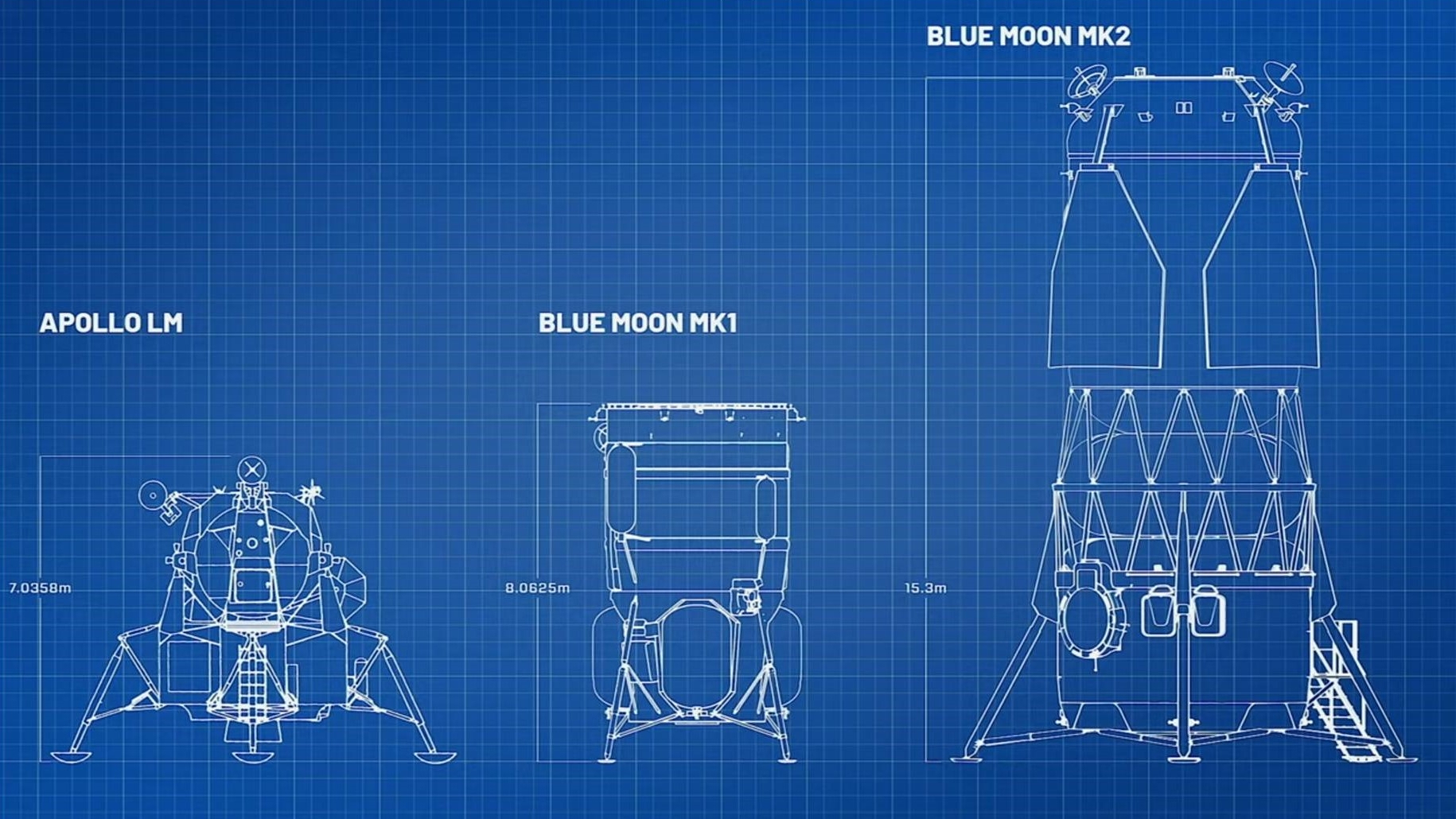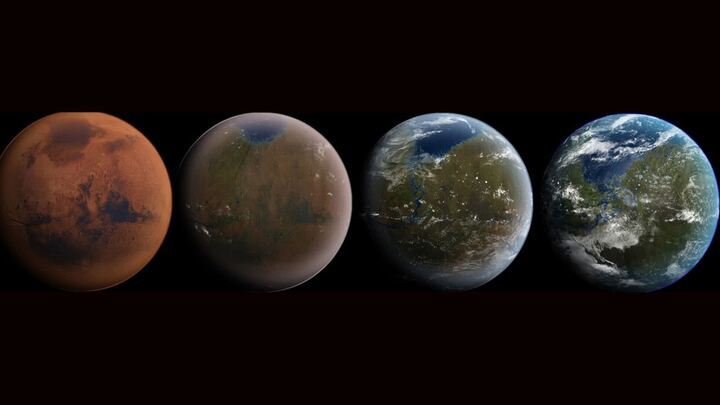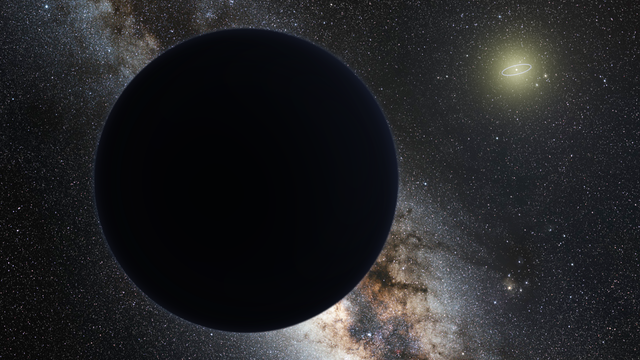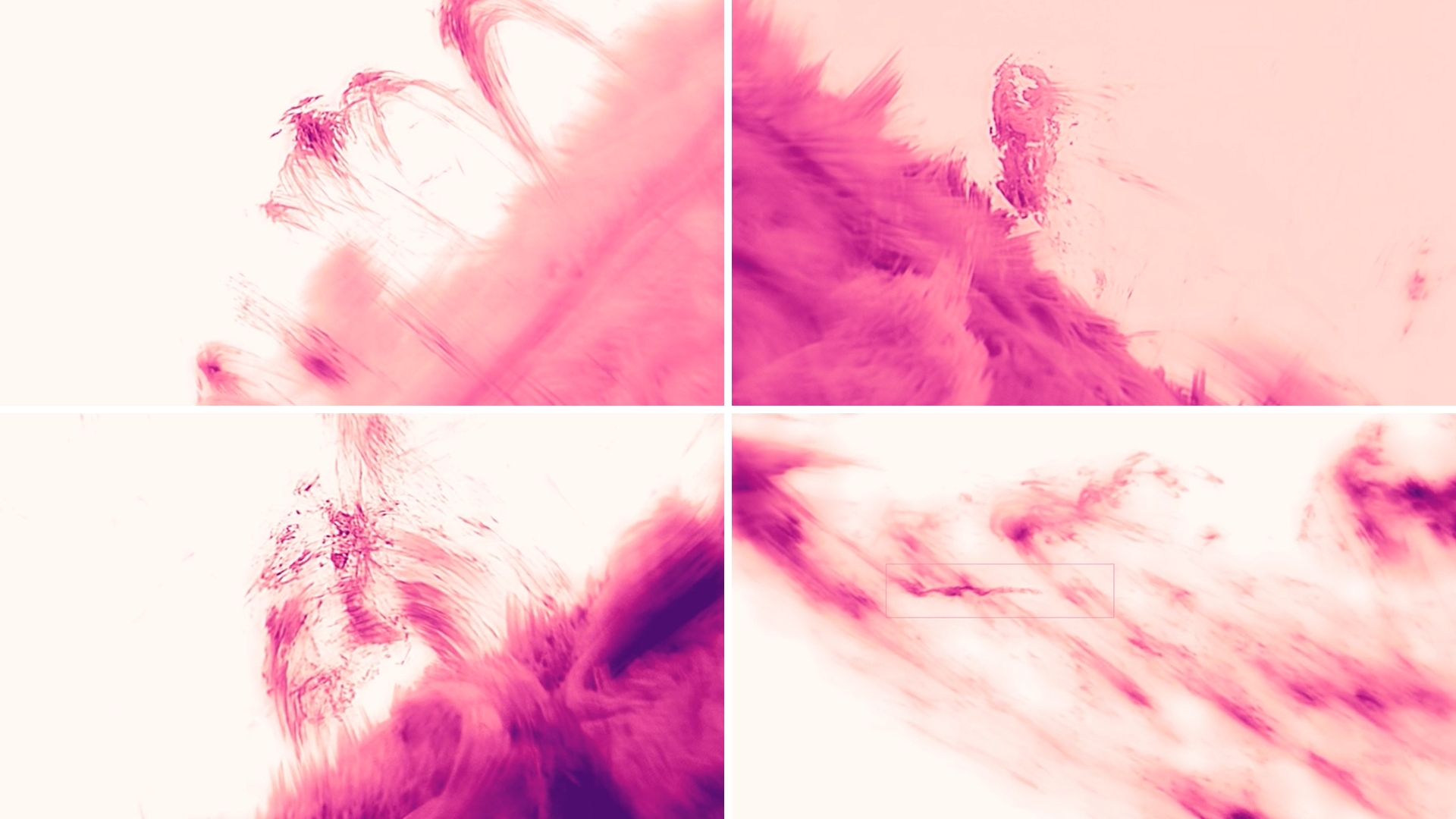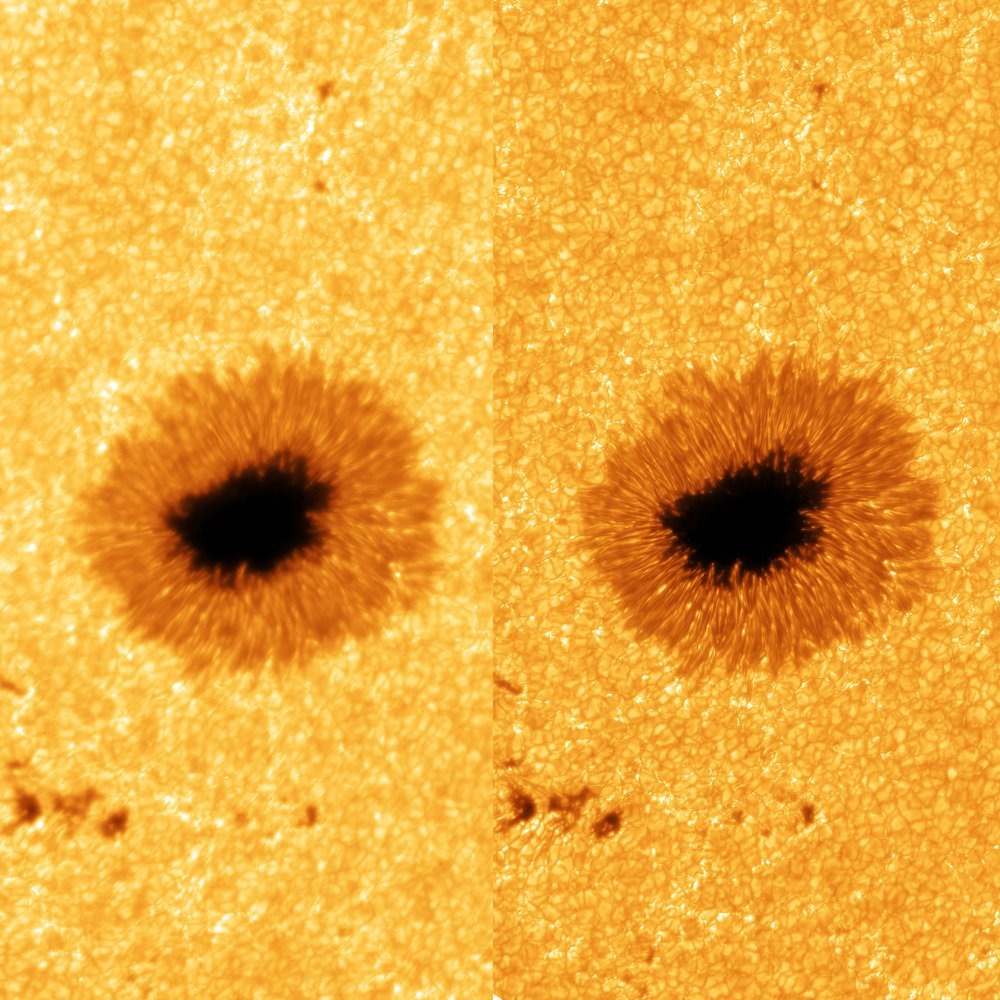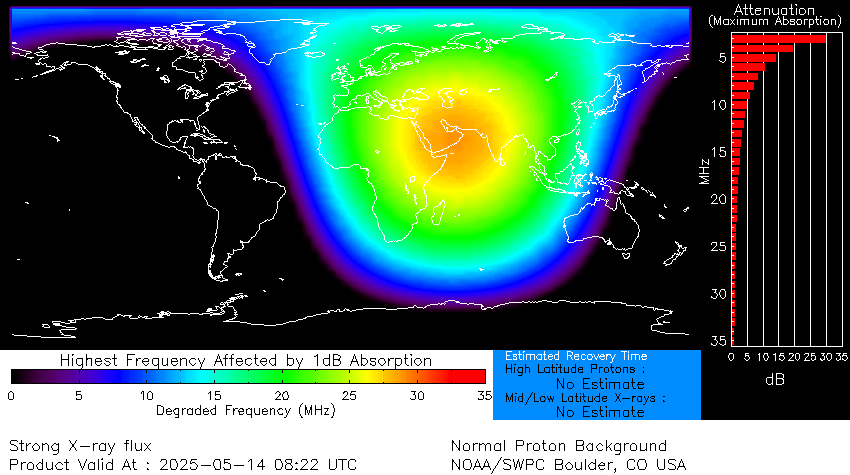Blue Origin has begun revealing how it plans to establish itself as a provider of hardware to enable long-term human stays on the moon. One newly unveiled key element is the “Transporter,” a vehicle that can be launched on a single Blue Origin New Glenn rocket into low Earth orbit. It will harvest leftover propellant from the booster’s second stage and then haul the hydrogen and oxygen to lunar orbit. Transporter is designed to lug roughly 110 tons (100 metric tons) from Earth orbit to lunar orbit. And in Mars…
Read MoreTag: Solar System
Turning the Red Planet green? It’s time to take terraforming Mars seriously, scientists say
The concept of terraforming Mars — transforming the planet’s climate to support life as we know it — has long belonged to the realm of science fiction. But a new study argues that it’s time to take the idea seriously. “Thirty years ago, terraforming Mars wasn’t just hard — it was impossible,” said Erika DeBenedictis, CEO of Pioneer Labs and lead author of the new paper. “But new technology like [SpaceX’s] Starship and synthetic biology have now made it a real possibility.” The paper debates the complex ethical questions that…
Read MoreScientists found a possible new dwarf planet — it could spell bad news for Planet 9 fans
A potential new dwarf planet has been discovered in the outer reaches of the solar system, and its existence poses the greatest challenge yet to the hypothesis that a ninth planet lurks far from the sun. “We were very excited to discover 2017 OF201 because it was not expected at all,” study leader Sihao Cheng of the Institute for Advanced Study in Princeton, told Space.com. “It’s very rare to discover an object both large and with an exotic orbit.” “The object’s aphelion — the farthest point on the orbit from…
Read MoreScientists capture never-before-seen plasma streams and bizarre ‘raindrops’ in sharpest-ever view of sun’s outer atmosphere (video)
The sun’s outer atmosphere — the corona — has long intrigued scientists due to its extreme temperatures, violent eruptions and towering prominences — vast filaments of plasma extending out from the solar surface. Visible only during a total solar eclipse and blurred by Earth’s turbulent atmosphere, the corona has remained frustratingly elusive. Until now. Thanks to a breakthrough adaptive optics system called Cona, installed at the 1.6-meter Goode Solar Telescope (GST), operated by NJIT’s Center for Solar-Terrestrial Research (CSTR) at Big Bear Solar Observatory (BBSO) in California, scientists now have…
Read MoreNASA satellites show Antarctica has gained ice despite rising global temperatures. How is that possible?
Antarctica has gained ice in recent years, despite increasing average global temperatures and climate change, a new study finds. Using data from NASA satellites, researchers from Tongji University in Shanghai tracked changes in Antarctica’s ice sheet over more than two decades. The overall trend is one of substantial ice loss on the continent, but from 2021 to 2023, Antarctica gained some of that lost ice back. However, this isn’t a sign that global warming and climate change have miraculously reversed. Picture a long ski slope with a small jump at…
Read MoreNew 8K-resolution photos of the sun show off incredible details of raging sunspots
Incredible new images of the sun’s surface provide an unprecedented view of raging sunspots and solar activity. A new high-resolution camera system developed by the Leibniz Institute for Astrophysics Potsdam (AIP) for the Vacuum Tower Telescope (VTT), located at the Observatorio del Teide in Tenerife, reconstructed views of the sun with an 8K image resolution for the first time, according to a statement from AIP. Solar observations often face a trade-off between field of view and resolution. Large solar telescopes provide high-resolution images but cover limited areas, while smaller instruments…
Read MoreWhen lightning bolts collide, do they unleash powerful gamma-ray flashes?
The most powerful explosions in the known universe come from what are known as gamma-ray bursts — though they may not sound particularly exciting, scientists usually speak about these incredible blasts of electromagnetic radiation in the same breath as giant collapsing stars and black holes. We’ve catalogued quite a few of these events since the 1960s, and even used them to help us understand more about galaxy superclusters, but one particular kind of gamma-ray burst has remained somewhat of a mystery. It’s called a terrestrial gamma-ray flash (TGF), and it…
Read More‘We don’t know how bad it could get’: Are we ready for the worst space weather?
Imagine being told a storm is heading your way, but you won’t know how bad the winds are or whether they’ll knock out power until just minutes before it hits. That’s the challenge scientists face when it comes to predicting solar storms. We’ve come a long way in understanding space weather. We can spot solar storm eruptions, track their speed, and estimate when they’ll arrive at Earth, sometimes with up to a day’s warning. However, one critical piece of information remains frustratingly out of reach until the last moment: the…
Read MoreSolar storms and cyberattacks can both cause blackouts. Knowing the difference could save billions of dollars
Space weather and cyberattacks can cause similar disruption to our civilization’s indispensable technology systems. Telling one from the other swiftly and reliably can make billions of dollars’ worth of difference to economies that could grind to a halt when such disruptions occur. Shortly after noon on April 28, the whole of Europe’s Iberian Peninsula plunged into darkness. An unknown incident shut down power grids serving Spain, Portugal and parts of Southern France. In an instant, the working day was over for millions of people as anything not powered by a…
Read MoreStrongest solar flare of 2025 erupts from sun, sparking radio blackouts across Europe, Asia and the Middle East
The sun roared to life early Tuesday (May 14), unleashing a powerful X-class solar flare from a newly emerging sunspot region AR4087. The eruption peaked at 4:25 a.m. EDT (0825 GMT), triggering strong R3-level radio blackouts across Europe, Asia and the Middle East — the sunlit side of Earth at the time — as sunspot region 2087 crackles with activity. Solar flares of this magnitude are uncommon, according to the NOAA Space Weather Prediction Center (SWPC). Solar flares are ranked by strength in five classes: A, B, C, M and…
Read More